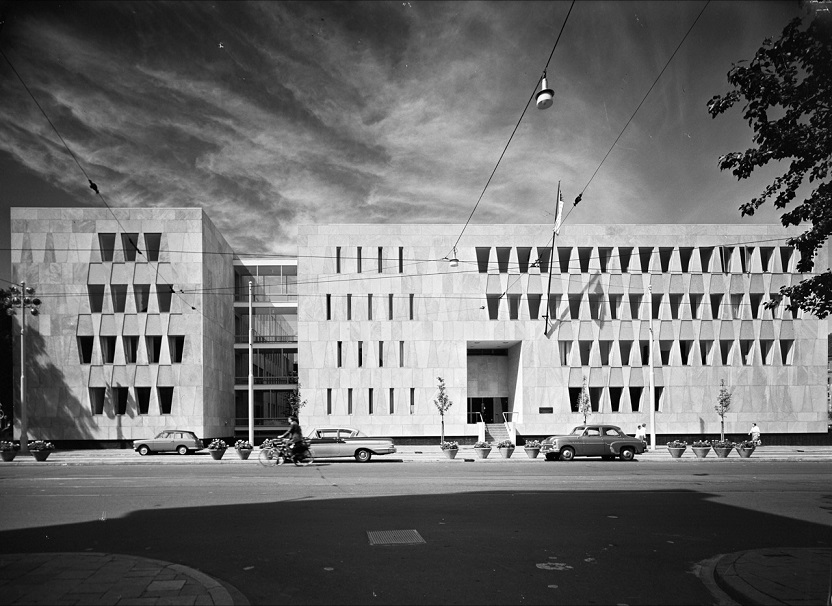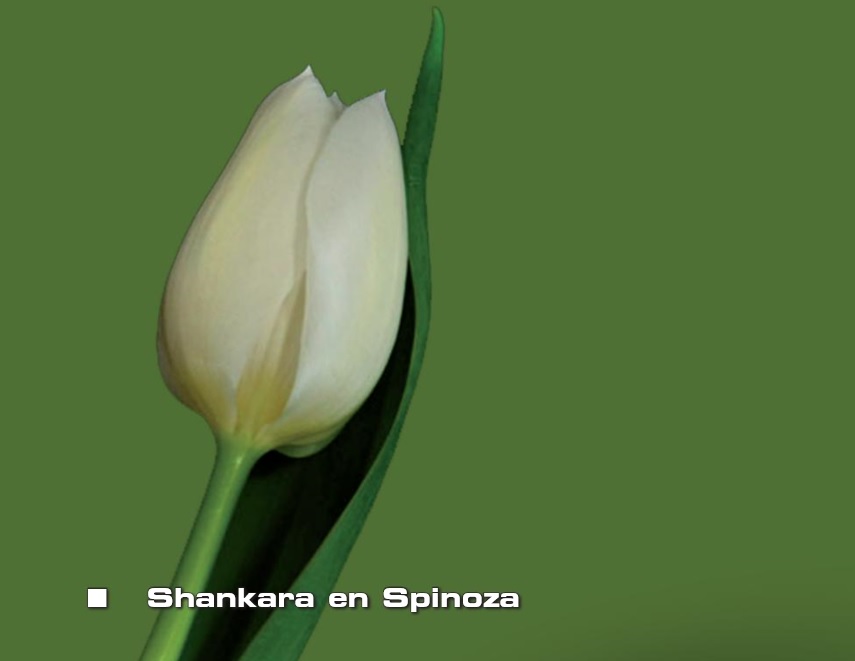Graag wijs
ik op het uitdagende stuk – dat sommige bezoekers van dit blog zal interesseren
- van
Jasper
Geurink, Spinoza's parallelism and the idea of God. Discussion on the Idea Dei
(Idea of God) and different kinds of parallelism in Part II of the Ethics.
Master Course, Martin Lenz (RUG). Geplaatst op academia.edu.
Om hier
duidelijk te maken waar het over gaat, citeer ik zijn
Conclusion: “In this essay we first encountered
the hypothesis of Yitzhak Melamed that EIIP7 and the scholium develop two different kinds of parallelism; first
the Inter-Attribute Parallelism (IAP) and second the Ideas-Things Parallelism
(ITP). The first seems to be both an isomor- phic form of parallelism and one
where there is an identity of the different modes of the at-tributes. In
contrast with the IAP, which is a ‘blind’ parallelism, the ITP is
representational; ideas are about
their objects. The ITP is also isomorphic. But in contrast with the IAP, the
ITP does not support an identity reading of the relation between an idea and
its object, since the idea of God is a mode and therefore cannot be identical
with Substance (its object). Alex Silverman agrees with Melamed here and
mentions some quite convincing passages -for in-stance EIIP5Dem – that
seem to indicate that an idea is always a mode. Nevertheless, by some textual
exegesis of EIIP3S and EIIP1S I uncovered some promising passages that seem to
suggest that the idea of God is identical with its object; God is both subject
and object of his thinking. Or, as Spinoza put it in EIIP7S God, his intellect
and what he understands are one and the same. And although this identification
of the idea of God with its object supports the identity reading of the ITP, I
am not entirely convinced it is the right one, since the evi-dence of Melamed
and especially Silverman seems quite solid.”
Geurink
behandelt twee artikelen:




